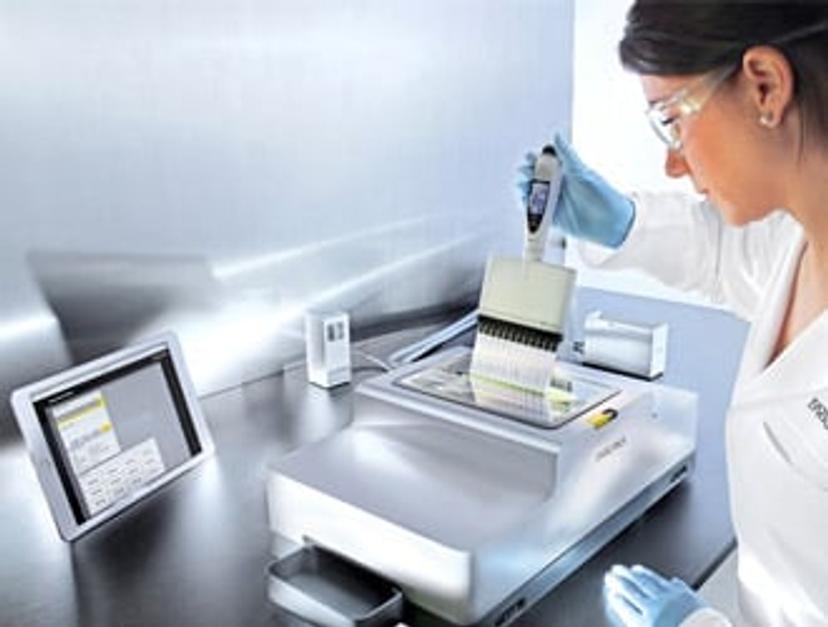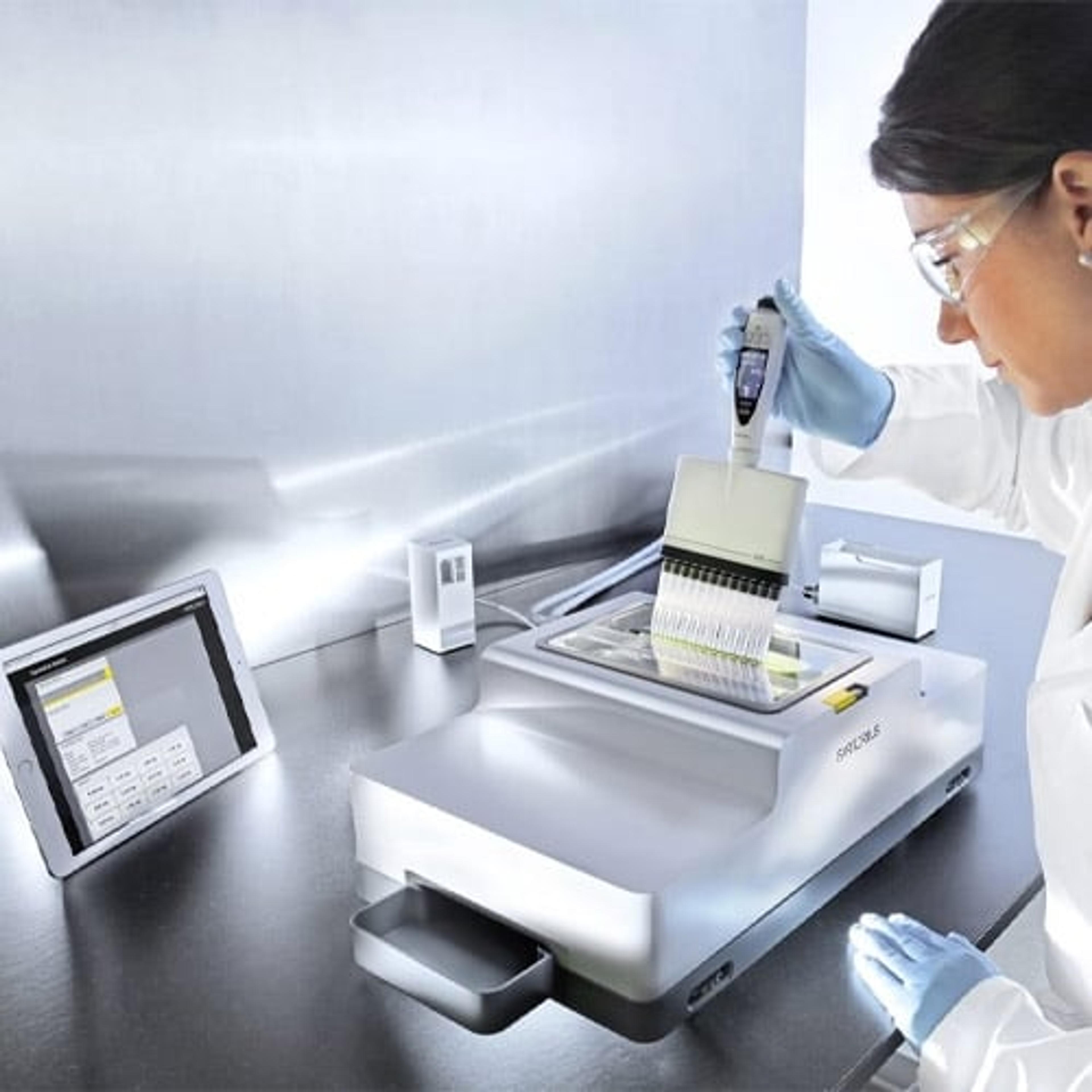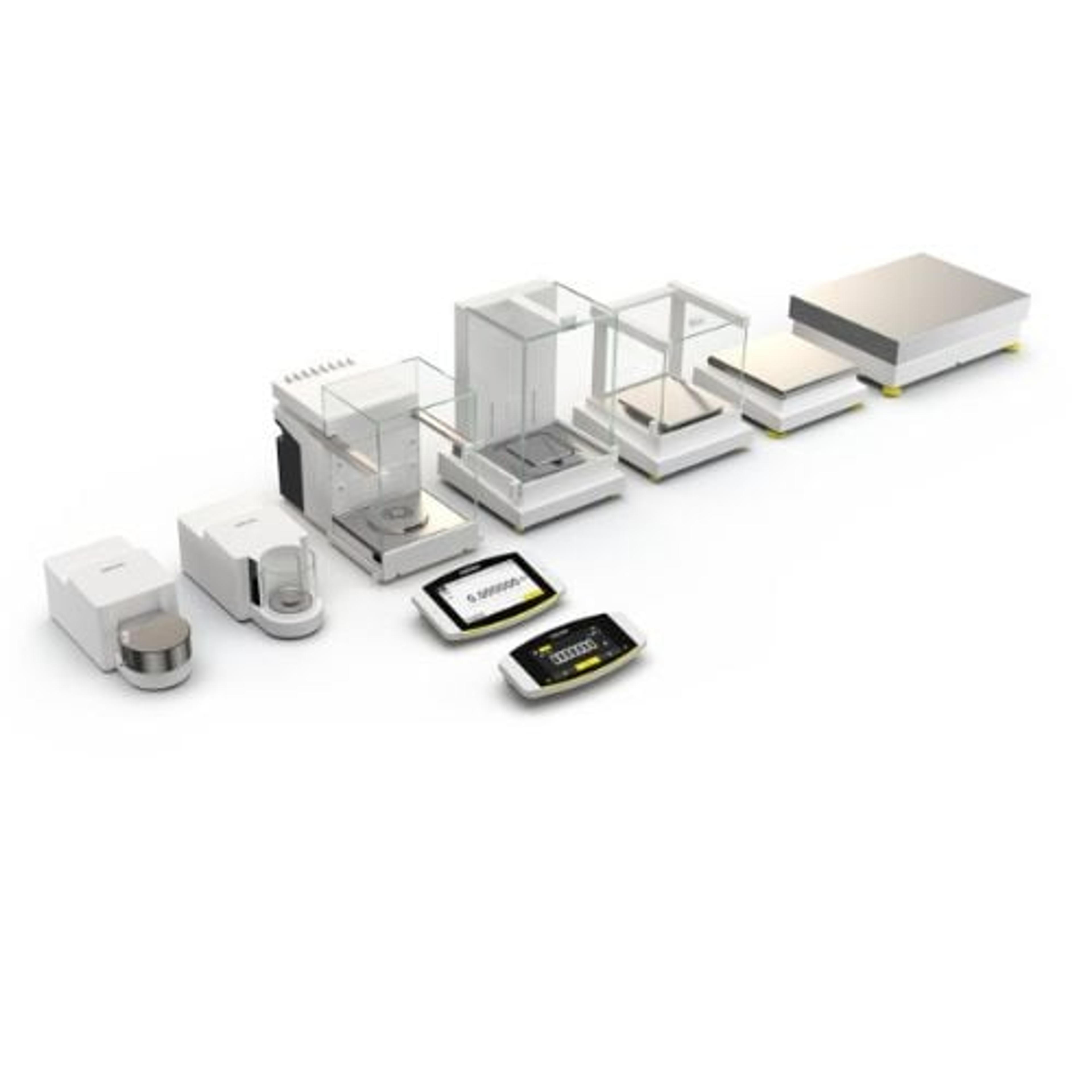A simple way to avoid error: How to calibrate your pipettes in less than 10 minutes
With the right equipment and these best practices, compliant and efficient calibration has never been easier
17 Jun 2021

Ensuring the accuracy of equipment is among the most fundamental requirements of scientific research. It may not be the most exciting or glamorous part of science, but without precise calibration, reliable and trusted measurements simply cannot be obtained.
Testing the performance of your pipettes is no exception. However, the traditional process for calibrating these can be dauntingly long and tedious, requiring a user’s full attention for precise results. In this article, we hear from Sebastian Weber, product manager at Sartorius, about the latest cutting-edge solutions designed to turn this laborious and time-consuming task into a rapid, reliable and traceable process accessible to users at all levels of experience.
Common calibration pitfalls
The gold standard for pipette calibration is gravimetric pipette testing, which relies on using a balance to measure deviations in the mass of a dosed volume compared to its set volume. This sounds simple, but not any balance will do the job, as Weber explains: “The most important factor is having a balance that fulfills the resolution requirements of your specific pipette. We very often see users with a balance that hasn’t got the correct resolution, and this can lead to pipettes becoming calibrated erroneously. It is therefore vital that you ensure the resolution of your balance is appropriate for your pipette volume, and this is defined in the ISO 8655 Procedures.”

Laboratories that are certified according to ISO 9001, accredited according to ISO 17025, or work according to GLP/GMP guidelines must check their pipettes at least once a year, ideally every three to six months. However, regularly calibrating pipettes places a significant burden on a researcher’s time. “If you have a 12-channel pipette with variable volume, it can take up to 1.5 hours for the complete pipette calibration process,” explains Weber. “This is because according to ISO standards, you have to do 10 repetitions for each volume (10, 50, and 100% of the nominal value) and for each channel, which for a 12-channel pipette totals to 360 measurements. Obviously, this takes a lot of time, especially if you're not well versed in the process, and if you make a mistake, you have to repeat the whole calibration test again.”
To address these challenges, Sartorius provides three main balance systems for pipette calibration, designed to make the process as convenient, fast and easy as possible while generating reliable and safe results. Below, Weber tells SelectScience more about how each can meet the needs of different users and guarantee trustable results.
Achieve multi-channel pipette calibration in 6-8 minutes

The highlight of Sartorius’ pipette calibration solutions is the SpeedCal mobile system, a unique system designed for the calibration of multi-channeled pipettes. “This is the only pipette calibration balance where you can calibrate all channels in one step,” explains Weber. He continues: “It is available with four, eight or 12 channels, with the option to subsequently add up to 12 channels. The 12-channel model, for example, contains 12 single weighing modules, meaning you can pipette the dose of every channel at the same time and the balance automatically checks the weight across each channel. This allows you to calibrate a 12-channel pipette according to ISO 8655 standards, with all 360 measurements, in just six to eight minutes.”
In addition to its unrivaled speed, the system is also designed to be highly mobile and comes in its own carrying case. “This makes it ideal for pipette calibration service providers conducting on-site calibration services,” says Weber. “On top of this, the user interface is completely web-based, meaning it simply requires a device such as a laptop or tablet connected to the same network to perform the calibrations via web browser – without downloading additional software.”
Rapid, precise calibration for single-channel pipettes
Critical to performing precise pipette calibration is a stable, controlled environment. “If the water temperature or the humidity or temperature of the lab is not inside the required specification, you are likely to generate incorrect results,” says Weber. As such, most standard laboratory balances are not optimal for the calibration process. In contrast, Sartorius offers the Cubis® MPS balance, which is designed to provide highly accurate and reliable single-channel pipette calibration. Weber explains: “The MPS includes a built-in motion sensor which automatically opens a draft shield with a moisture trap when you bring the pipette to the balance. You can then directly pipette inside, and it closes immediately afterward, keeping the climatic conditions inside constant and avoiding potential evaporation. It can also connect to a climate sensor in order to monitor temperature, air pressure, and humidity, and when it is outside the defined climate conditions, the balance automatically locks the weighing process.”
He continues: “All of this climate information, as well as other measurements such as the level of liquid in the collection vessel, is shown directly on the balance screen. Normally, you would need to check if the is vessel full of water and perhaps empty it, or check if the temperature of the pipetting water is correct, but with the MPS, all this information is readily available so you can fully concentrate on the pipette calibration process.”
Upgrade your current balance
Besides these two pipette calibration balances, Sartorius also offers pipette calibration kits for standard balances, enabling a user to upgrade their current balance to perform pipette checks on piston stroke pipettes with fixed or variable volume including type A, D1 or D2. “An advantage of using these kits with our Cubis® balances is that you get the same functionality as with the MPS balance,” notes Weber. “There’s an application that guides you through the calibration process, and there’s also the option to lock the climate data and other parameters.”
Keep track of calibrations with ease
With each of these balances, software solutions for pipette calibration can be easily integrated via Ethernet interfaces. “If you have a large fleet of pipettes or perhaps run a pipette calibration laboratory, you may need to manage all your pipettes to keep track of their performance and calibration,” explains Weber. “Our Pipetto software allows you to manage your pipettes, so you can observe which pipette must be calibrated next. You can connect your balance to this software, store the results inside its database and also print out the calibration reports.”
Future outlooks
Looking forwards, Weber sees an increasing focus on guided workflows and processes, as well as the automatic collection and evaluation of the weighing results during pipette calibration. “With the SpeedCal and our Pipetto software, we have already enabled a semi-automated process that can save a lot of time in the laboratory and ultimately also reduce the cost per calibration,” he says. “In the future, we’ll be looking to build on this to fully automate the calibration process.”
Learn more about Sartorius pipette calibration solutions >>
Do you use Sartorius products in your lab? Write a review today for your chance to win a $400 Amazon gift card>>


